1. Foursquare Check-Ins

Once upon a time, you didn’t post a photo to show you were out — you checked in. Foursquare made it cool to broadcast your location and compete for “mayor” status at local spots. But Instagram gave people a way to prove they were there with photos, not just text. A well-composed latte shot beat any check-in badge.
The visual replaced the verbal almost instantly. People didn’t just want to say they were at a café — they wanted to show it. The platform made imagery the new currency of experience. By 2014, nobody cared who the “mayor” of Starbucks was anymore.
2. Flash Mobs
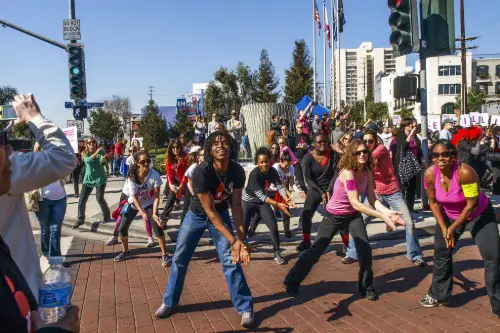
In the late 2000s, flash mobs were the internet’s favorite way to feel spontaneous and connected. People would gather in malls, parks, or train stations to break into synchronized dances or performances. Once Instagram arrived, though, everyone wanted to document, not just participate. The charm of unpredictability vanished when every flash mob became another staged video.
Flash mobs thrived on surprise and community participation. But Instagram made virality about visual perfection, not collective fun. Suddenly, rehearsed clips replaced organic experiences. The moment social sharing became about aesthetics, flash mobs lost their magic.
3. Planking
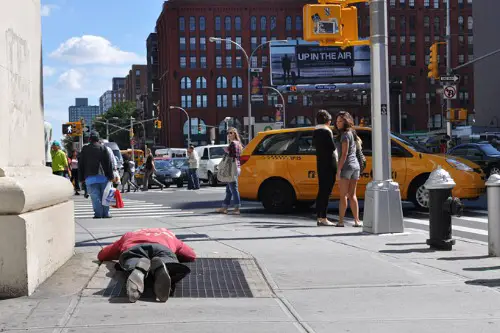
Planking was a global sensation where people lay face-down in strange places for photos. It was weird, pointless, and hilarious — perfect for early internet humor. But Instagram’s glossy filters and influencer culture didn’t leave room for awkward bodies sprawled on sidewalks. What once made people laugh soon looked out of place on a curated grid.
The fad peaked around 2011, just before Instagram’s rise. People began caring more about lighting and filters than absurdity. Goofy humor didn’t translate well to a platform obsessed with style. Planking quietly vanished once selfies and sunsets took over.
4. Phone Charms
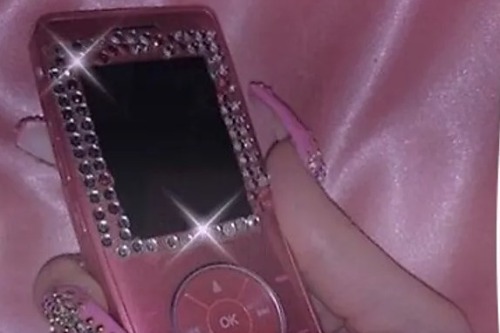
Tiny trinkets dangling from flip phones were once a must-have accessory. They showed off your personality, from fuzzy animals to sparkly rhinestones. But when sleek iPhones arrived and Instagram emphasized minimalism, charms looked childish and cluttered. A clean mirror selfie didn’t need a dangling plastic bear.
Phone charms belonged to an era when phones were fun, not fashion statements. Instagram made the device itself part of your image, and bulkiness didn’t fit that look. Soon, charm holes disappeared entirely from new models. The selfie era demanded smooth lines and simple cases instead.
5. Livestrong Bracelets

The yellow Livestrong bracelet started as a noble symbol for cancer awareness in 2004. Within a year, it turned into a massive fashion statement, with everyone from teens to athletes wearing one. But after Lance Armstrong’s doping scandal and the rise of visual social proof on Instagram, the trend collapsed. Online validation replaced rubber wristbands as the way to show support.
Social causes moved digital, where hashtags and profile filters took center stage. Posting a black square or sharing a story felt more current than wearing a bracelet. Physical advocacy didn’t photograph as well as virtual activism. By 2013, Livestrong bracelets were more nostalgia than statement.
6. Myspace Emo Selfies

Back in the Myspace days, everyone tilted their heads, used harsh flash, and smirked through dark eyeliner. It was peak emo culture — self-expression before filters and influencers. But when Instagram’s Valencia and Amaro filters came along, messy authenticity gave way to polished curation. The gritty bathroom mirror shots suddenly looked dated.
Instagram redefined what “cool” looked like online. Emo photos relied on mystery and angst, while Instagram rewarded brightness and lifestyle perfection. Teen angst didn’t fit the new visual aesthetic. The emo selfie died quietly with the dawn of the filter.
7. FarmVille

When Facebook’s FarmVille took off in 2009, everyone was obsessed with harvesting virtual crops. It was social gaming at its simplest and most addictive. But Instagram offered something shinier — real-life highlights instead of cartoon farms. Suddenly, nobody wanted to brag about digital cornfields anymore.
The platform shift changed how people shared free time. Instagram rewarded activities that looked aspirational, not pixelated. Posting brunch or travel pics became the new flex. FarmVille’s notifications just couldn’t compete with filtered sunsets.
8. Toms Shoes

Toms became a cultural symbol of ethical consumerism in the early 2010s. The promise of “one for one” — buy a pair, give a pair — made people feel part of something bigger. But Instagram’s rise brought awareness to more complex social issues, and “feel-good shopping” started to look oversimplified. The minimalist design didn’t help when people wanted more visually striking outfits for their feeds.
Social media made image and impact inseparable. Consumers began demanding transparency, not slogans. Influencers moved toward causes they could photograph beautifully. Toms’ canvas slip-ons just didn’t make the aesthetic cut.
9. The Harlem Shake
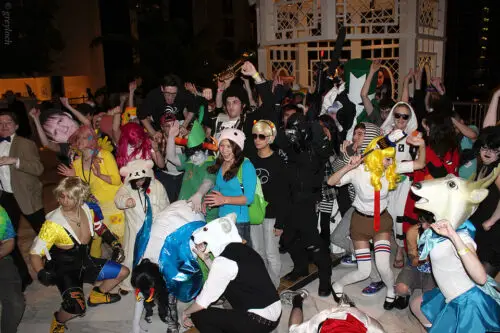
For a few wild weeks in 2013, the Harlem Shake was everywhere. Friends, offices, and sports teams filmed chaotic dance videos to the same 30 seconds of music. But when Instagram introduced easy video uploads later that year, short, stylized clips replaced full-length YouTube memes. The internet’s attention span had officially shrunk.
The Harlem Shake depended on surprise and absurdity. Instagram’s algorithm favored quick gratification and clean visuals instead. Viral dances still existed — just in a prettier, shorter form. The meme burned bright, then instantly went out of style.
10. Bedazzled Jeans

From the early 2000s through the mid-2010s, rhinestone-covered jeans were a mall staple. Brands like True Religion and Miss Me made sparkly pockets the definition of “cool.” But once Instagram set fashion trends in real time, flashy denim started looking outdated and try-hard. The platform’s streetwear and minimalism aesthetic made bling feel out of place.
Instagram became the new runway, and subtle style took over. Oversized tees and neutral palettes replaced the loud glitter era. Bedazzled jeans belonged to an offline world of malls and magazines. Online fashion killed them with one perfectly filtered OOTD.
11. Duck Face Selfies

Before filters and beauty apps, the duck face was the go-to pose. It was playful, exaggerated, and a little vain — a way to show confidence in blurry Myspace and Facebook photos. But Instagram’s selfie culture demanded sophistication, not silliness. Pouting quickly became a punchline instead of a trend.
Filters like Valencia and later Snapchat’s beautification tools changed how people presented themselves. Smiles replaced smirks as influencers set new beauty norms. What started as flirty became cliché overnight. The duck face never recovered once the feed went high-gloss.
12. Flash Tattoo Jewelry

For a minute around 2015, metallic temporary tattoos were everywhere — especially at music festivals. They shimmered in the sunlight and looked perfect against tanned skin. But Instagram’s ultra-filtered perfection turned them from cool to overdone in record time. Real jewelry simply looked better on camera.
The festival aesthetic shifted from carefree to curated. Boho trends gave way to influencer polish. Glitter and gold foil didn’t fit the new, polished influencer vibe. Flash tattoos went from trendy to tacky almost overnight.
13. Silly Bandz
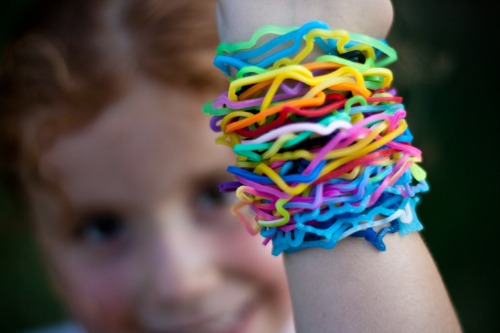
These colorful silicone bracelets shaped like animals or objects were on every kid’s wrist in 2010. Collecting them was a craze — the more you had, the cooler you were. But when Instagram arrived, kids found a new way to show off personality online. The physical tokens of trendiness were replaced by digital likes and stories.
Silly Bandz were about self-expression through something tangible and social. But as smartphones became the new status symbols, wristwear lost its luster. Kids no longer needed to trade bracelets to show belonging — they could post a photo instead. By 2012, most of those Bandz were buried in junk drawers.
This post 13 American Fads That Were Over the Second Instagram Was Invented was first published on American Charm.


